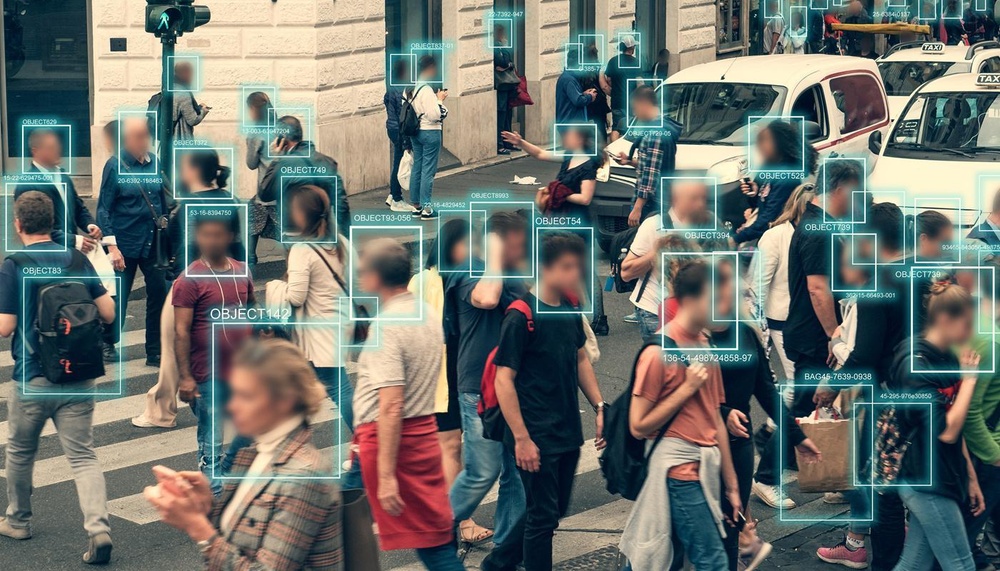6 most effective uses of AI in learning (2020 update)

Look at any list of disruptive technologies and AI is likely to be at the top. But what are the most effective uses of AI in learning for L&D professionals?
But once you cut through all the buzz, bells and whistles – the fads and uninspired – which genuine breakthroughs and successes of the field should L&D professionals be paying close attention to for improving learning theory and practice? Find out in our round-up of the 6 most effective uses of AI in learning.
Defining AI - the technology's emergence and rise
AI computer systems are able to perform tasks that would normally require human intelligence. A large part of most AI systems relies on machine learning in order to perform those tasks.
In machine learning, a computer program is trained to recognise patterns, or complete an act, like identifying a person's face, playing a game of chess, or responding to a learner’s request for information. To train the system, you expose it to as many examples of the task as possible; there are myriad ways to train using different types of input data.
After being given goals for the data, some AI systems train themselves by creating their own tasks. Google’s AlphaGo project, developed by DeepMind Technologies, played itself millions of times in the build-up to its match against Lee Sedol – a professional Go player with the highest possible rank. AlphaGo won.
Four years have passed since that epic event and breakthrough, and with the increased availability of data and relatively inexpensive access to massive computing power, AI systems are becoming an increasingly viable option for much more conventional goals – including in the workplace. After all, any repetitive task that is improved by performing it over and over is a good fit for artificial intelligence.

The 6 Most Effective Uses of AI in Learning – 2020
Here are some of the great ways AI is being used in learning right now:
1: Teaching assistants
Natural language recognition, through text and voice, is one of the early success stories of AI. It allows for more natural communication between humans and computers.
Conversational interfaces are being used in many areas of higher education, and there are opportunities to use the same techniques in workplace learning.
Georgia State University created a chatbot to help handle incoming student’s enquiries about enrolling on their course. In the pilot study, where half of the students were first contacted by the chatbot and half were left to use normal methods, the chatbot group had a 21.4% lower drop-out rate.
Georgia Tech has used AI teaching assistants to help students with their Knowledge Based Artificial Intelligence (KBAI). What started as a secret experiment has turned into standard procedure for the course and increased engagement from students is the result.
Allowing employees to ask basic questions and get answers immediately from an AI system will free up L&D time for answering more in-depth, complex queries. This inevitably increases responsiveness and makes better use of existing resources.
2: Artificial mentoring
Not all AI-based training is new. In 2010, the US Navy ran a pilot study to train recruits in IT skills with an AI tutor. They first assembled a group of expert tutors, ran intensive one-to-one training sessions, then re-created the experience with an AI ‘Digital Tutor’. Competitions between recruits trained using the normal blended approach and those who had the Digital Tutor revealed better performance from the Digital Tutor group in every case.
The same principle – learning from an expert – is being used by Duolingo’s chatbots. An AI-powered chat interface, with support for text and voice conversations, it allows the learning of languages in a natural way.
As the costs of machine learning and AI tools continues to fall, it’s becoming increasingly viable for workplace L&D teams to take elements of current training and automate them through AI.
3: Generating and augmenting content
Creating content from source material and subject matter experts is one of the time-consuming parts of building digital learning. AI systems can be trained to extract the important information and put it into a readable format for humans, suitable for digital learning.
Content Technologies Inc. (CTI) is the world's largest publisher of higher education material. They use AI to create content based on all the articles and books that are available on a subject. Outsourcing the more straightforward preparation work gives skilled learning designers more time to create an engaging learning experience.
AI is also being used to augment existing content, automatically adding links to relevant material, like videos, for example. Introducing fresh information to existing content without valuable design and development time helps extend the life of your courses.
Content creation is one of the biggest challenges of effective workplace training, requiring many different skills to do well. AI has started to impact on the more basic end of these skills – such as keyword research from software like Keyword Country, which generates LSI (Latent Semantic Indexing) keywords – and there’s sure to be more advances in this area as AI continues to grow and become even more intuitive.
4: Accessibility
Good learning developers create courses that can be accessed by everyone, and AI can be a powerful ally in their quest. To see how useful AI can be for partially sighted people, take a look at Microsoft’s Seeing AI app.
The same sort of image recognition tools are already used on consumer platforms such as Google Photos to identify people and objects to make it easier to find relevant images. The photos or graphics used in your eLearning courses may already have been chosen by AI in the background of your favourite stock image libraries.
The most common problems for people with disabilities were discussed in a Twitter survey. The top issue was: Lack of captions for video. YouTube has offered an automated closed caption system since 2009 which seeks to solve the issue with AI.
Next time you create a piece of learning content, consider letting AI create alternative text for your images and captions for your videos. You may not receive perfect results, but it’ll likely save you some time in a bid to reach your whole workforce equally.
5: Personalisation
One of the most visible ways AI is being used today is in personalising experiences. Services such as Netflix use machine learning to generate better recommendations for viewers, and the media services provider and production company has even developed their own specialised machine learning programs to help.
“AI has the ability to anticipate future needs and provide recommendations to its users. And it has the potential to increase employee productivity — by taking on administrative tasks, providing better pricing recommendations to sellers, and streamlining recruitment, to name a few examples.” Harvard Business Review
Modern digital learning lends itself to a personalised approach by allowing course creators to track the interactions learners make during the course. In trials of a personalised learning platform, 70% of students preferred it to a one-size-fits-all approach and engagement rose by 72%.
New tracking standards like xAPI and bespoke solutions based on web standards, will allow courses to be more closely targeted at learners needs in the future.
6: On-the-job training
From the pre-screening and onboarding of candidates to on-the-job training, AI technology is weaving its way through all the key recruitment and development touchpoints – playing an increasingly important and effective role.
It’s within on-the-job training where AI is currently making strides – rather dynamic ones at that. As reported by Forbes, multinational conglomerate, Honeywell, has developed tools that use AI along with augmented and virtual reality to capture truly accurate experiences of work.
AR headsets are worn by engineers while they carry out their daily tasks. The recorded footage is linked in real-time to a set of AR tools that can provide feedback. So, as well as providing the first-hand user with on-the-job training, new recruits can benefit as well through extracting the video and data and forming it into lessons.
Ultimately, AI is employed to save time and to save money; and as in this instance – giving current employees valuable experiences but also being able to retain the resources for repeat use – it’s easy to see why technology trailblazers are so keen to adopt AI as part of their workflow and transitions requirements.
The future of AI learning
As AI becomes better and more affordable, the relatively basic task of creating a learning programme will become automated. By getting familiar with the various ways AI can help your existing workflow, you can adjust to a new future in which it’s embedded in all the work you do.
Would you like to explore an innovative learning idea with one of the Sponge experts? Get in touch now.